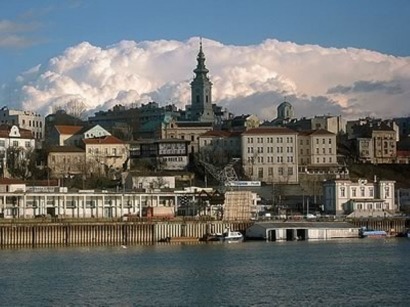
A draft version of Serbia’s proposed energy law was unveiled last month for public debate and possible amendments before a parliamentary vote later this year.
Estimates by the country’s Energy and Mining Ministry and the Serbian Wind Energy Association suggest that wind speeds in scores of locations throughout the country may allow for wind farms of least 1,300 MW of installed capacity.
However development has been slow – one reason the government is crafting a new law to stimulate clean energy development and liberalize the market dominated by state-run Elektroprivreda Srbije.
An even bigger factor is Serbia’s desire to join the European Union. In order to meet the necessary conditions for inclusion, the state needs to get at least 20 percent of its electricity consumption from renewable sources by 2020.
But members of the association remain sceptical.
“You can’t arrange to sell electricity from wind farms before you actually build them and banks won’t lend if you don’t have a power purchase agreement first,” said Mark Crandall, Chairman of Continental Wind Partners LLC, in an interview with Bloomberg.
“Precise conditions for connecting to the grid may be defined only later, with bylaws, and that’s not good enough for those who would provide financing,” he told reporter Misha Savic.
Though that may be less of an obstacle for building small wind farms “there is no way to develop substantial capacity without guaranteed rates for the electricity produced and for connecting to the grid,” said Maja Turkovic, a spokesman for the association.
For additional information:

